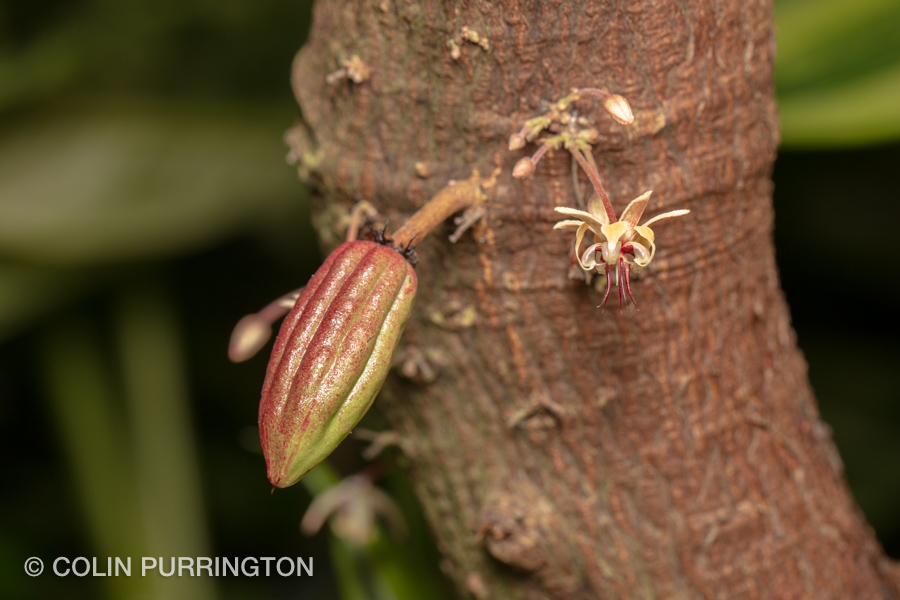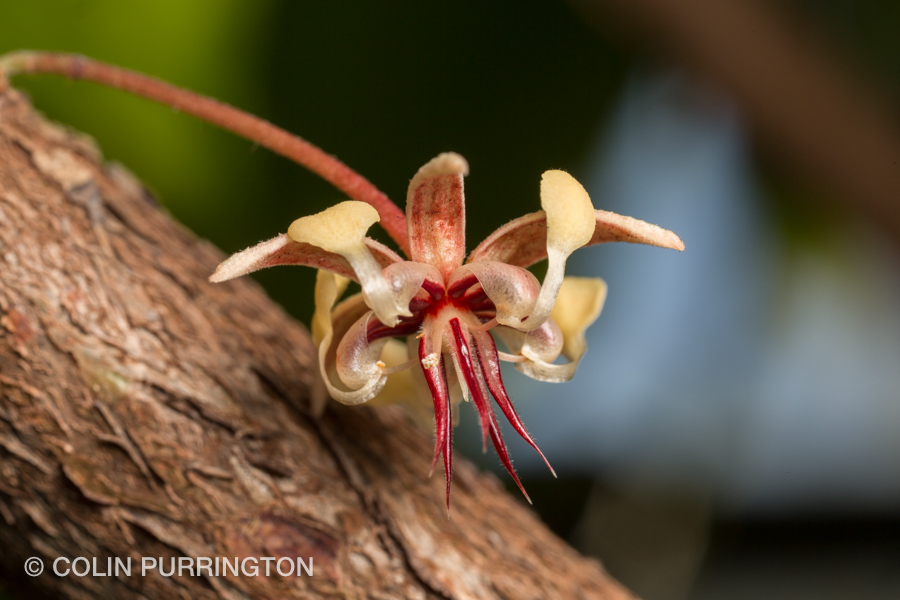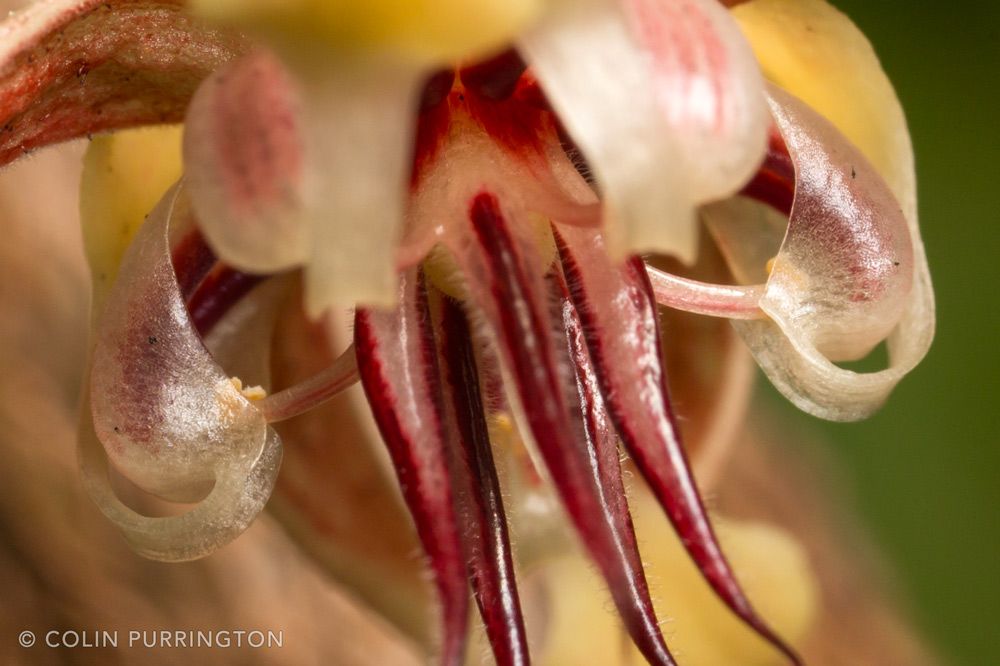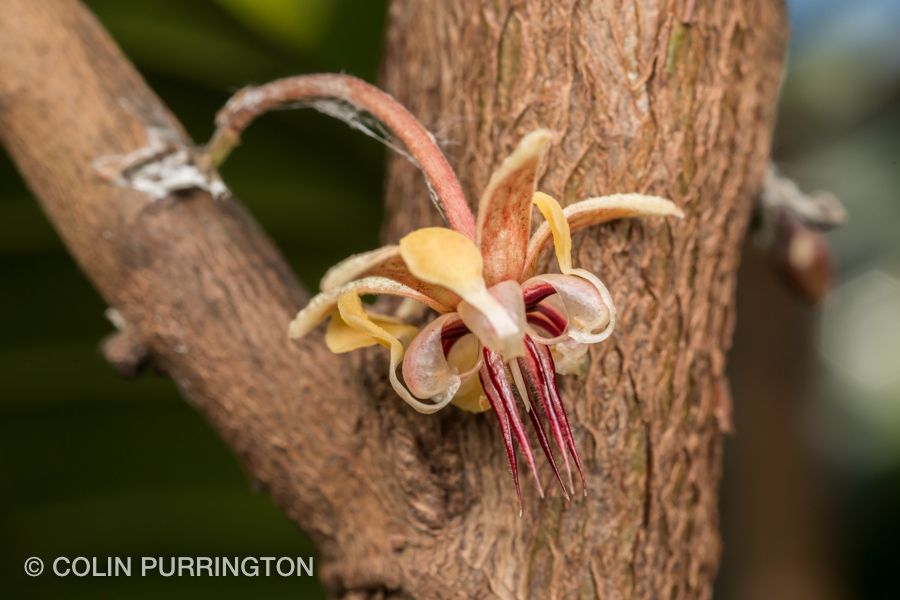I found this fleshy, flower-like structure growing on Lyonia ferruginea (rusty staggerbush) at Archbold Biological Station (Venus, Florida). Heaths don’t make flowers like this, so I originally thought it might be an insect gall or phytoplasma infection, but I was wrong. After poking around online I think it’s Exobasidium ferrugineae, a Basidiomycetes fungus. Members of the genus grow in between cells of flower and leaf tissue, then in the spring send hymenial tissue through stomata and other cracks in the epidermis, eventually turning the surface white with spores. I’d never heard of such fungi before. I’ve led a sheltered life.
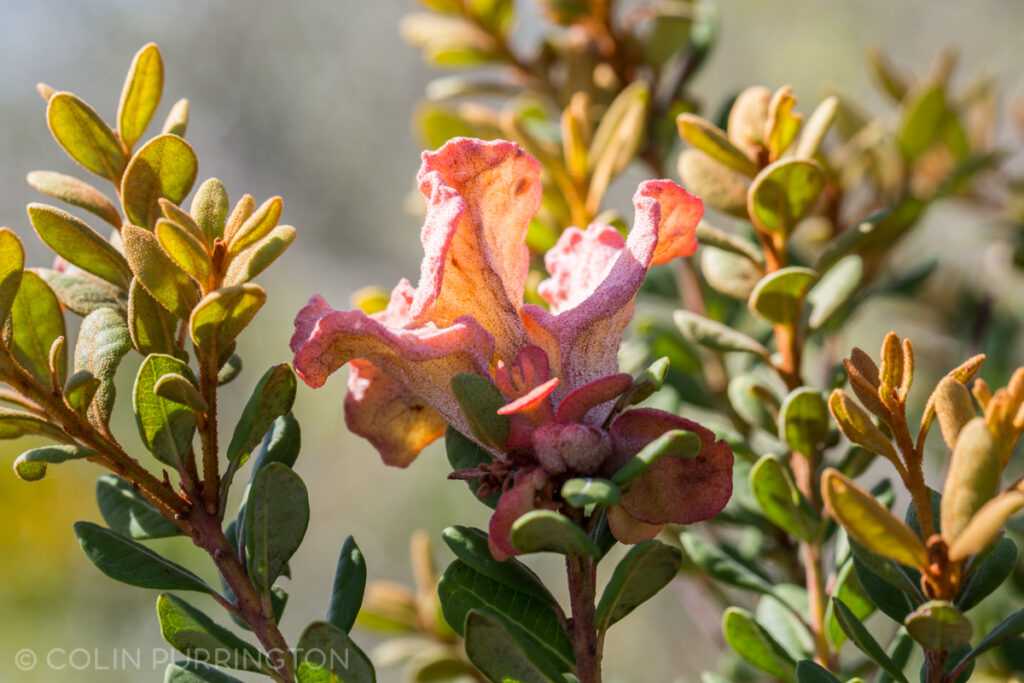
The above was the largest structure I found (perhaps 3 inches high) but there were dozens of others at the same location. If you’d like to know more about the species and genus, a good starting point is Kennedy et al. 2012 and references therein. In older literature the fungus was known as Exobasidium vaccinii (Burt 1915), but it seems likely that that species is host specific to Vaccinium vitis-idaea.

If you’d like to see more of my fungi pics, here you go.

